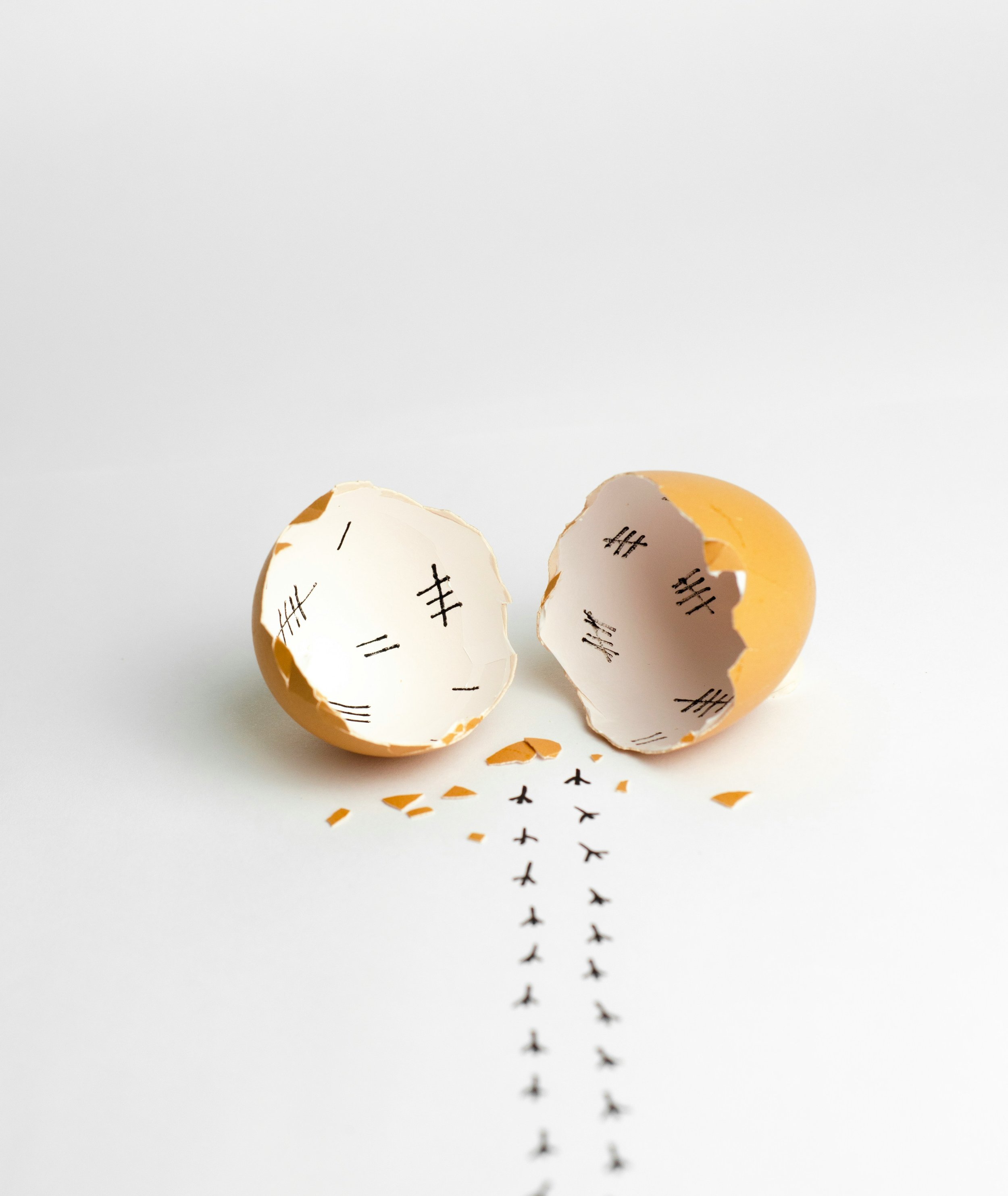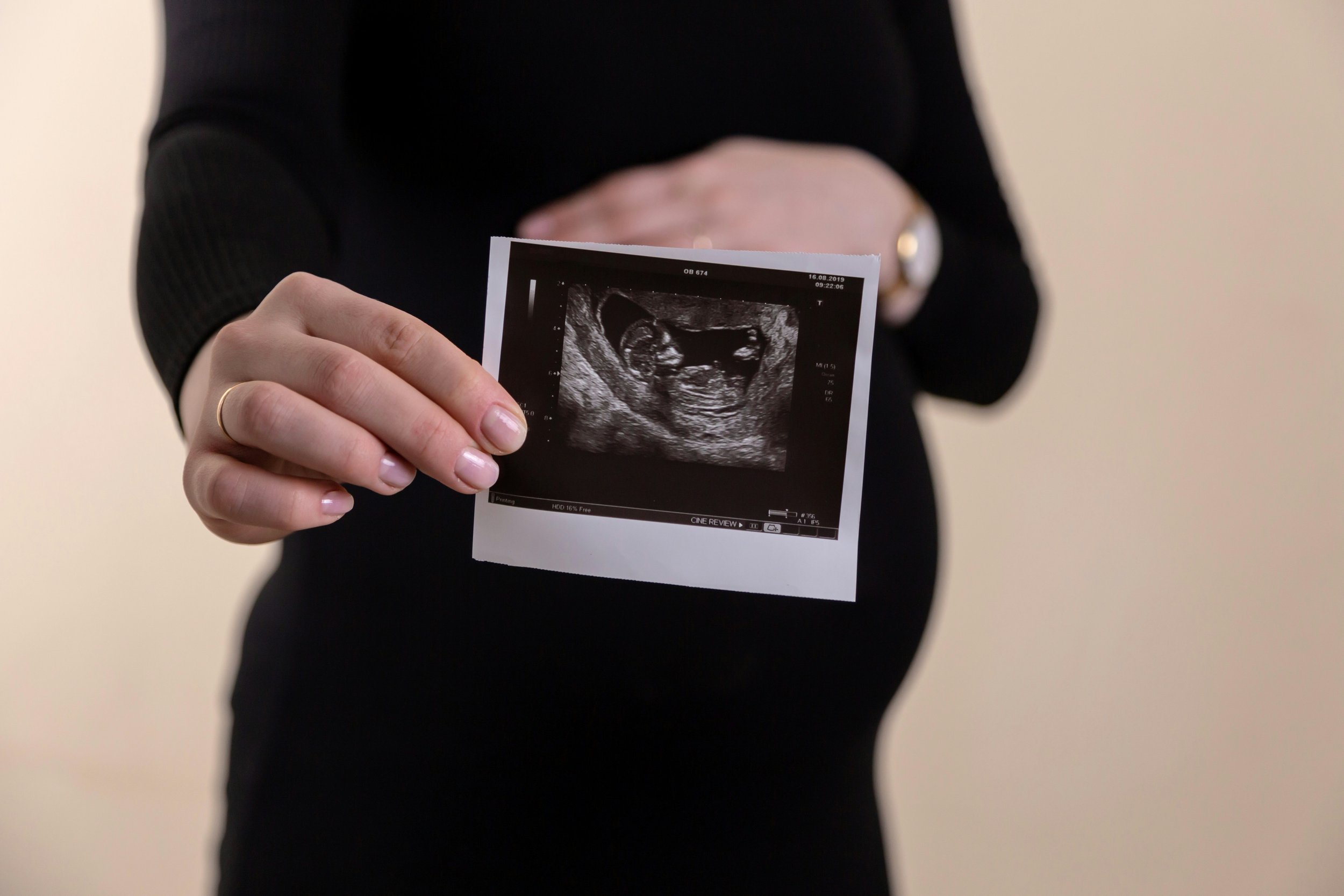How to Nourish & Move Your Body For Easier Periods
The menstrual cycle is a natural and intricate biological process that occurs in the female body, typically lasting around 28 days. It involves the monthly release of an egg from the ovaries, and if fertilization does not occur, the shedding of the uterine lining, resulting in menstruation. There is much more significance to the menstrual cycle beyond reproduction and it impacts everything from energy levels to creativity, motivation, mental and physical health and overall well-being.
In this article, we’ll be covering the Menstrual Phase of the cycle and how you can tailor your nutrition, sleep, exercise and lifestyle to feel your best during this time of the month.
Dreading That Time Of The Month?
Oftentimes, most women absolutely dread their period, as it’s usually associated with pain, bloating, low energy and unpredictable moods. Perhaps no one has told you that these symptoms are not normal and that as women we shouldn’t experience extreme changes during this time. That being said, there are ways you can being to optimally nourish your body to support these natural rhythms, so they can work for you and not against you. When your hormones are balanced and happy, you should be too!
Understanding the Menstrual Cycle
The menstrual cycle consists of four distinct phases: menstruation, the follicular phase, ovulation, and the luteal phase. Menstruation typically occurs during days 1-7 of the cycle, with the shedding of the uterine lining and the release of blood, (aka your period). The follicular phase (days 8-14) includes the development of a new egg in the ovaries, leading up to ovulation (around day 14), where the egg is released to potentially be fertilized. The luteal phase (days 15-28) follows ovulation, characterized by the preparation of the uterus for a possible pregnancy and leading up to menstruation if conception does not occur.
How to Optimally Nourish Your Body During Menstruation
Iron
There are certain foods and nutrients the body requires more of during menstruation that help support it. During menstruation there is blood and iron loss, so consuming foods that are rich in iron is essential. The top iron-rich sources come from animal proteins, such as grass-fed beef, as it contains “heme” iron, which is highly bioavailable and easily used by the body. Alternatively, plant-based sources of iron are helpful also, such as lentils, dark leafy greens, dark chocolate, quinoa and molasses.
Magnesium
Focus on magnesium-rich foods such as fatty fish, avocados, naturally sweetened dark chocolate and nuts to help ease cramps. A quality magnesium glycinate can also make a world of a difference for cramps, which you can find here.
Anti-Inflammatory Fats
Additionally, omega-3 fatty acids are essential, not only for building our hormones, but they also inhibit inflammatory prostaglandins (PEG1) that promote pain, making them helpful for period pain. Some of the best sources include: wild fatty fish, grass-fed beef, organic eggs, hemp hearts, avocados, flax seeds. Fish oil supplementation can be extremely beneficial also.
Cruciferous Vegetables
Add in cruciferous vegetables to support healthy estrogen metabolism including broccoli, cauliflower, Brussels sprouts and cabbage.
Prioritize Protein
Getting adequate protein, especially from animal sources, will help keep cravings, hunger and moods more stable, while supporting hormone production. Focus on beef, chicken, fish, eggs and if you’re plant-based, black beans, lentils and whole grains. An easy way to add protein is with a high quality protein powder in your morning smoothie. Find my favourite gut-friendly chocolate protein here.
Foods To Avoid for Easier Periods
Bringing in nutritious foods is important, but you’ll also want to reduce foods that promote inflammation and find healthier alternatives to your favourite comfort foods. Consider removing refined carbohydrates such as breads and baking, refined sugars including cane sugar and brown sugar, ice cream, sauces with inflammatory oils such as canola oil and “empty” foods that have low nutritional value (aka anything processed!). It’s especially important to avoid alcohol and fried foods, as these rapidly fuel inflammation. Additionally caffeine can promote pain and anxiety, so swapping out coffee for tea can be very helpful.
Exercising During Menstruation
Exercising on your period may look different for everyone. Some women may experience a burst in energy when they get their period and can exercise more easily, whereas others may feel very sluggish and experience pain and should tailor their movement accordingly. For the first few days, consider doing low intensity movement such as gentle yoga, walking and breath work, and ramping up your exercise as you get closer to your follicular phase. The key here is to listen to your body!
Tailoring Your Lifestyle & Fasting
During menstruation, women often require more rest and calming activities, such as meditation, breathing and extra sleep. Don’t feel guilty for slowly down during this time! Fasting should also be tailored to to your cycle. Read this article for tips on how to optimally fast during menstruation.
Getting the right hormone tests can make all the difference to help you rebalance your hormones to easier periods! Visit our Services page to learn more about our comprehensive hormone panels.
Asher Kleiber
Registered Holistic Nutritionist





